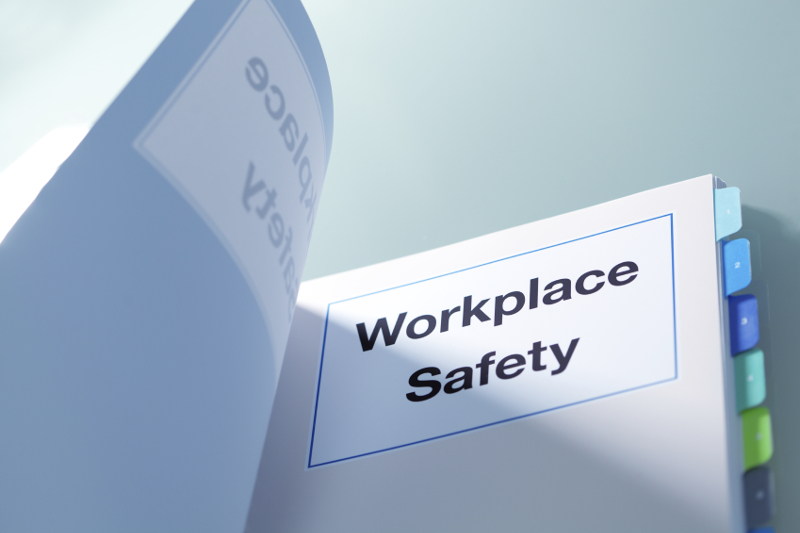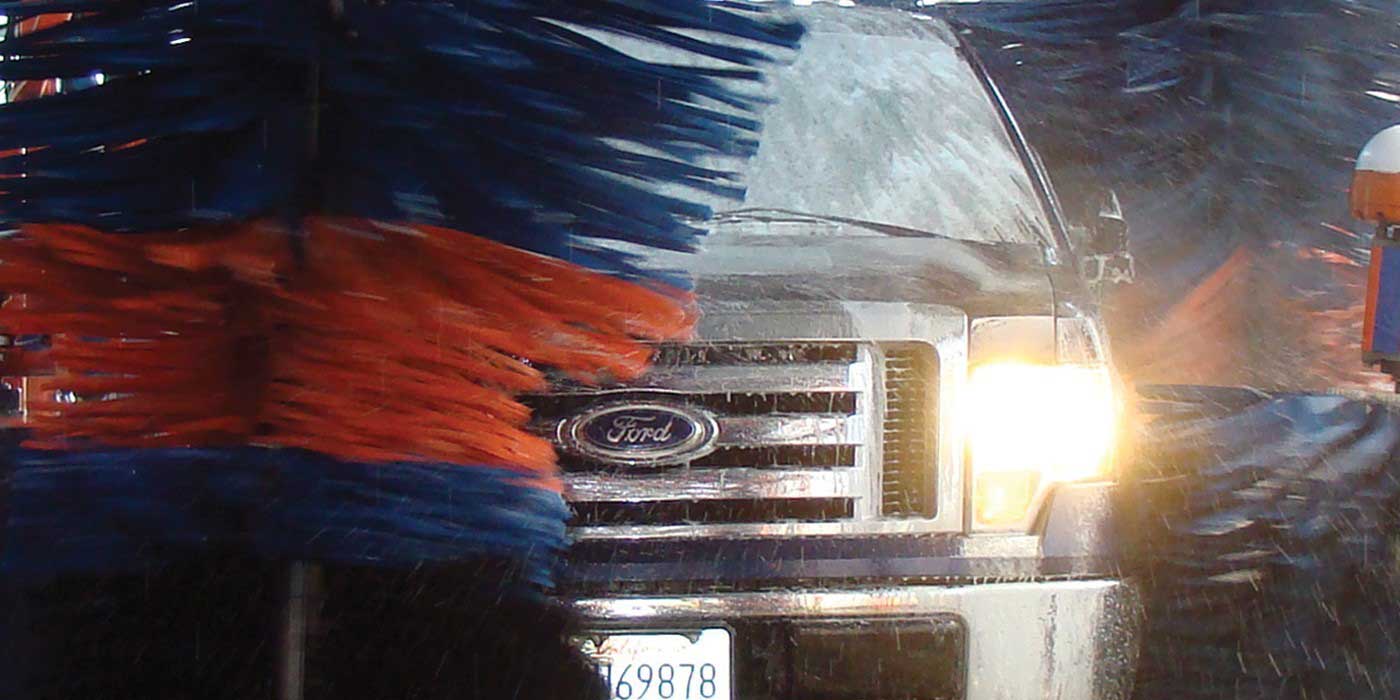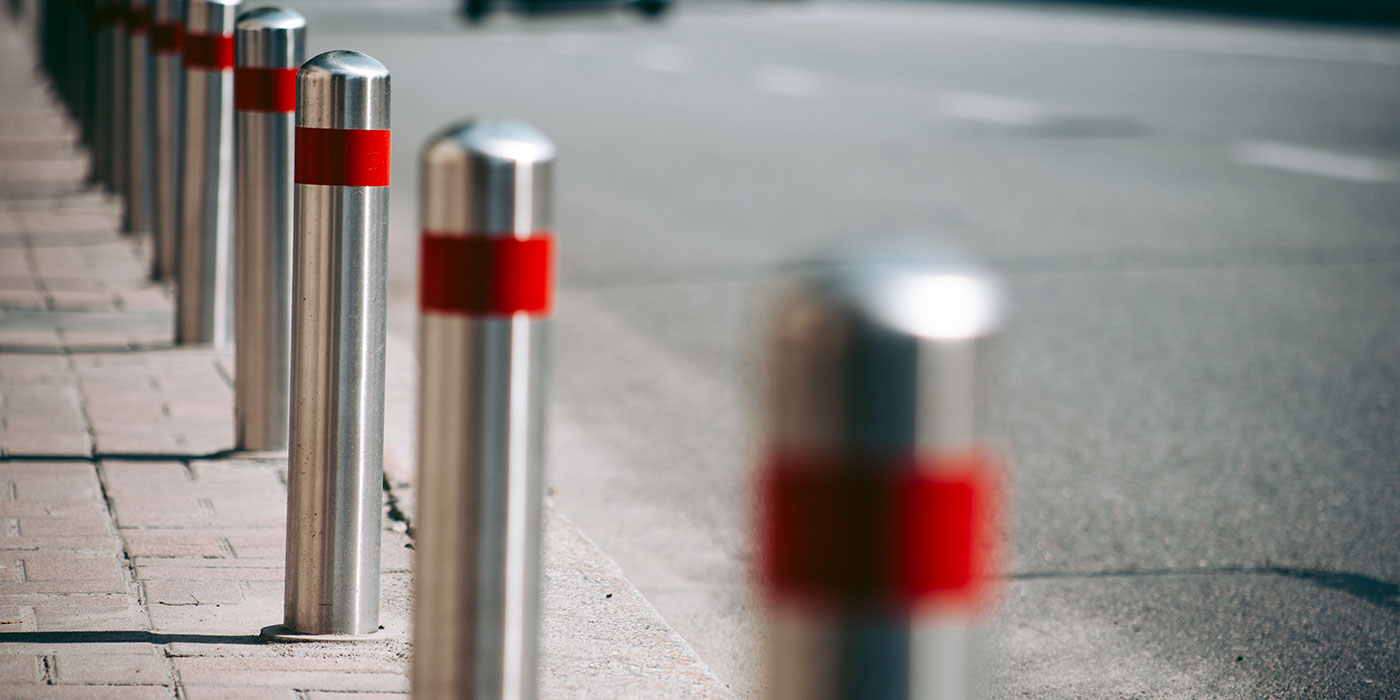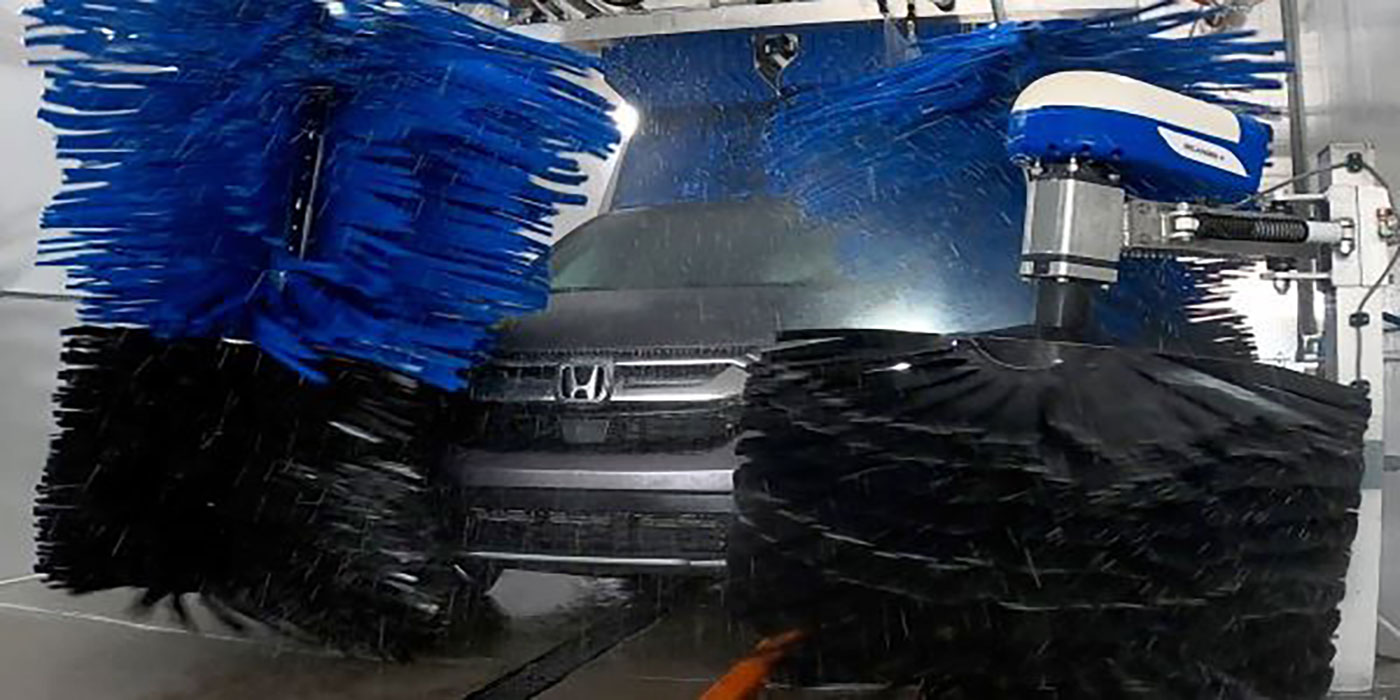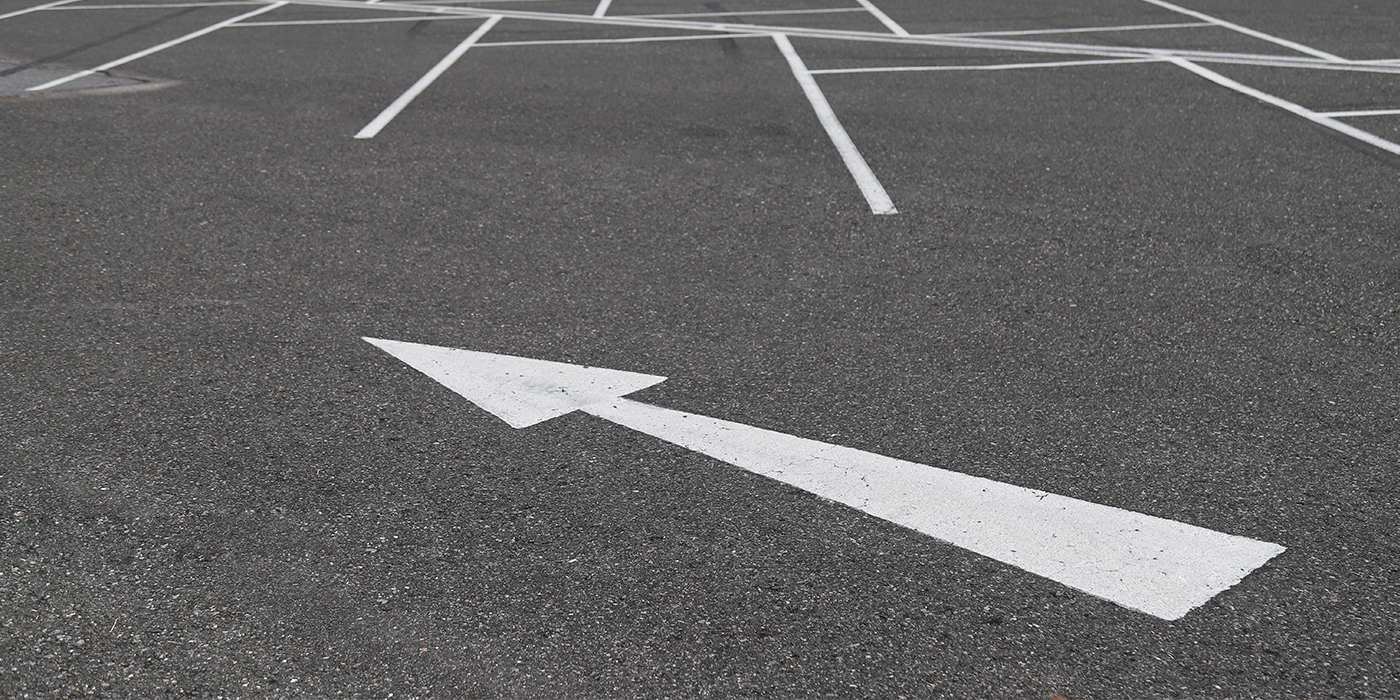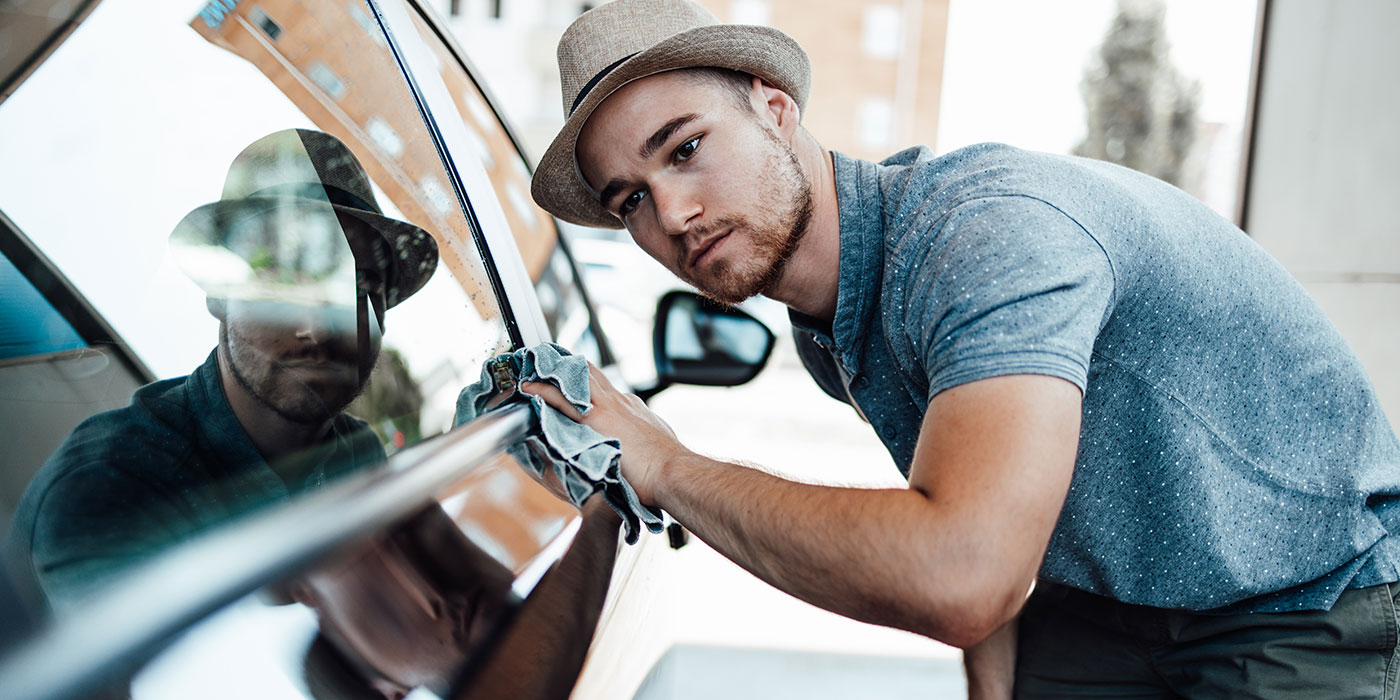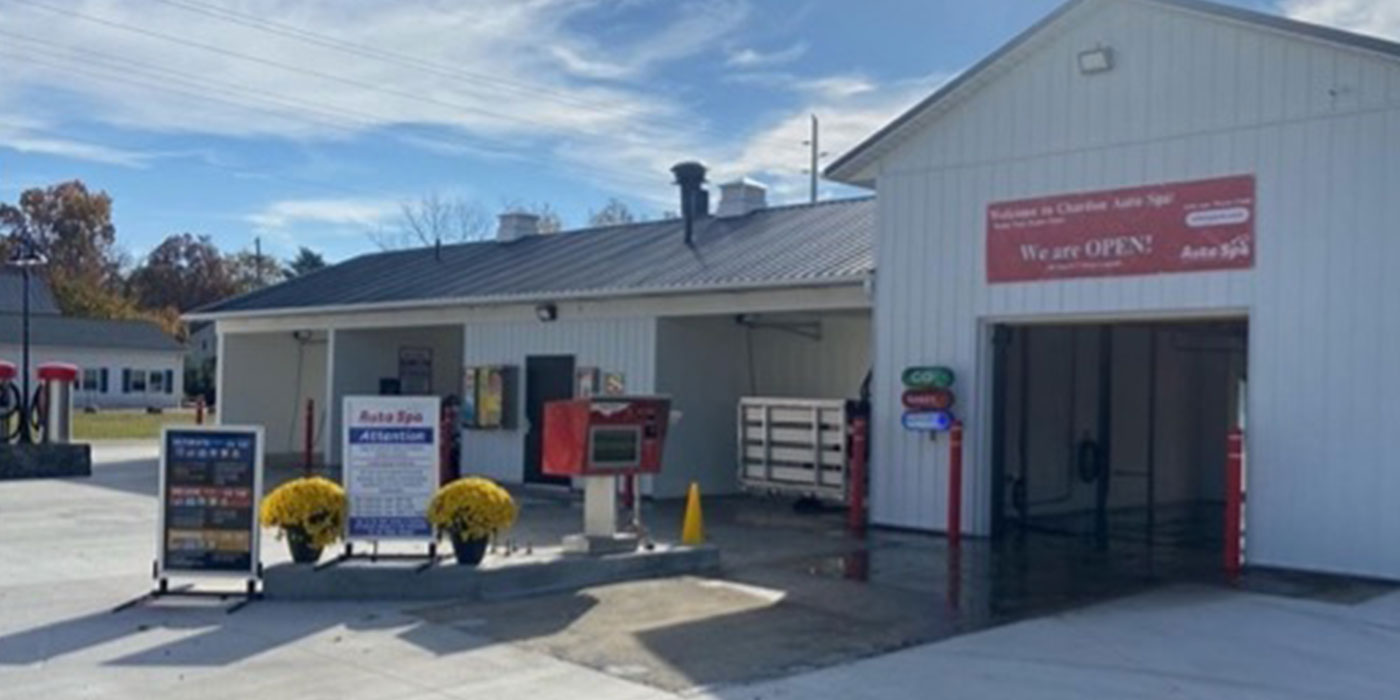Can you imagine what it’s like to tell a family that their son or daughter has gotten seriously hurt or, worse, killed? As an owner/operator of a carwash, you may have to have that conversation someday. I know you’ll agree that you would do anything in your power to prevent such a tragedy.
If you own a business, you have a responsibility to keep your employees safe. Now ask yourself, have you done all you can to prevent injuries to your employees as well as your customers? If you answered “yes,” you could be leaving yourself and your business open to a possible disaster.
Safety is an ongoing process that requires constant analysis. You should continually evaluate your business’ safety procedures and implement changes and updates when a new best practice arises.
When evaluating and developing your safety plan, the best place to start is identifying the most present and dangerous exposure that could jeopardize the safety of your customers and employees. Once the exposure is identified, you can develop a proactive plan to mitigate or eliminate the factors that most contribute to that risk.
For most washes, the greatest risk comes from the hazards associated with moving vehicles on the property. Generally, this risk is highest when a vehicle suddenly accelerates, whether due to mechanical problems or human error.
Recently, in a two-week period, there were reports of driving-related catastrophes at two unrelated carwashes. One incident resulted in an employee losing a limb; the other resulted in death.
You may be surprised to learn that both of the previously mentioned incidents occurred with a customer behind the wheel. In the carwash industry, we tend to focus on developing safety procedures when our employees have control of a vehicle, but often forget about the dangers associated with a customer driving his or her own car. Many full-service washes have meticulous procedures to reduce these extreme risks, but exterior washes are not immune to these dangers either.
The following are some ideas that you may want to consider at your locations:
Towel washing operations
- Often times, there are part-time employees working in this section. Most washes spend some time reviewing how to hold the towels, the proper clothing to wear and general instructions on how to avoid damaging customer cars. However, training should also include understanding the dangers associated with vehicles moving through the tunnel. Most importantly, employees must be held accountable anytime they are observed deviating from this training.
- Evaluate the configuration of your exit area. Some specific areas to focus on are: the distance from the end of the conveyor to the employee station; driving patterns which may direct traffic towards employees; safe areas for employees away from exiting traffic; and procedures to recognize and address the added exposure of busy days versus slow days.
- Consider and address the negative impacts caused by distractions while driving. There should be signs posted prohibiting the use of cellphones and other handheld devices while operating a vehicle. You should have a protocol in place for when a customer appears to be under the influence of alcohol or drugs. Employees should always make sure the customer is comfortable driving on the property before allowing them to enter potentially dangerous areas. The main focus is to establish a procedure to determine whether a customer driving the vehicle will maintain a safe environment; and, if not, create a process to alleviate the potential danger.
- You may want to consider using a visual aid to alert customers when the wash cycle is done. Many washes currently deploy an audio alert, such as a horn, that can surprise a driver and cause potentially dangerous situations. A visual aid can help keep the driver focused on the environment near the exit and remain alert of potential hazards. A simple stop and go light could potentially save a life.
- Be sure that employees are wearing brightly colored clothing. These outfits will keep drivers more alert and aware of their surroundings.
- Make note of where the sun shines during the day. Employees should be aware of certain times when a customer exiting the wash may have his or her vision impaired by a glare.
- Be sure to implement and enforce a policy forbidding the employees from using headphones while working. Their senses should be free of as many distractions as possible.
Detailing operations:
- When backing vehicles out of the bay, be sure to deploy a spotter. Make sure the spotter can be seen by the driver and is aware of the traffic pattern.
- Employees should never stand directly in front of or behind a vehicle.
- Make sure employees use their horn when backing out of the bay to alert other operators of the moving vehicle.
It can be difficult to identify some of the causes of incidents involving moving cars. However, the best defense is a continuous and comprehensive analysis of your safety practices to help identify hazards and address potential risks, before an accident can occur. Start evaluating your safety procedures today.
You can this blog post and more carwash safety tips at www.cwinsurance.blogspot.com/.

